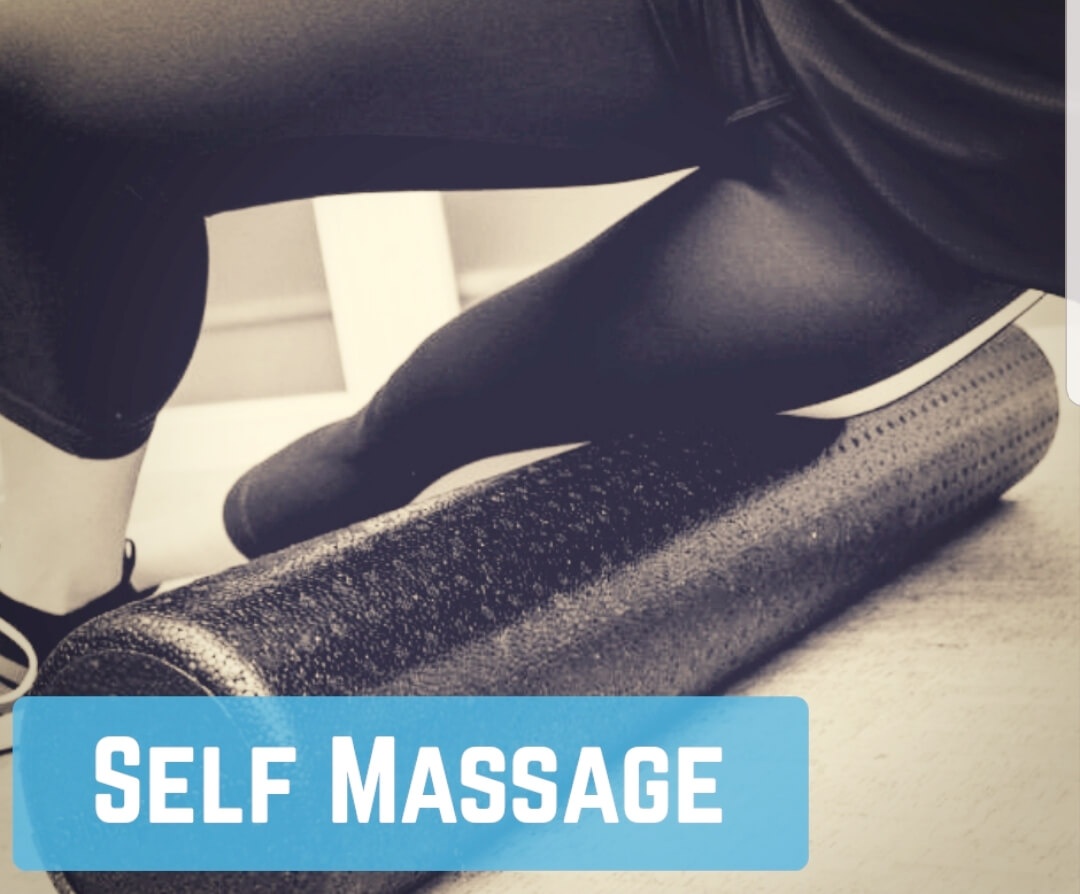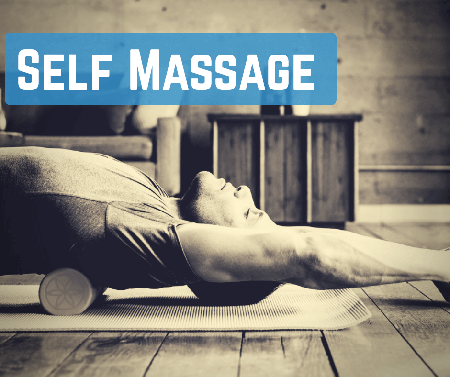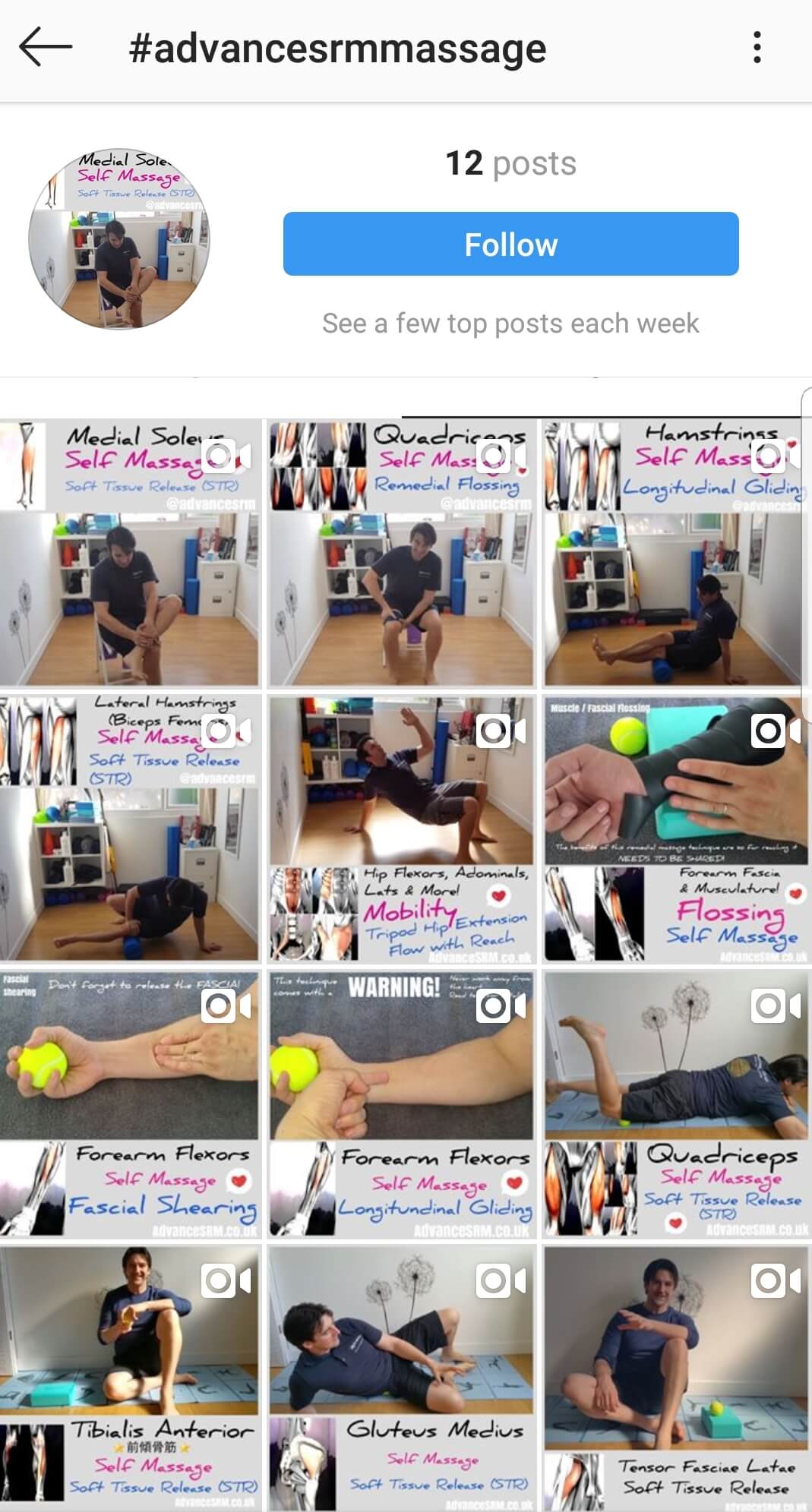Part 2 - SELF MASSAGE. AdvanceSRM Therapies' DIY Guide to Self-Care for Runners!

| Author: | John-Wayne Hughes |
| Published: | 21st November 2018 |
| Categories: | Blog, Clinical massage, Physiotherapy, Stretches, Clinical advice |
In short:
Soft Tissue Release (STR)!
'The heart of healing lies in our ability to listen, to see, to perceive more than in our application of technique' - Thomas W. Myers
In the previous post, I introduced you to self-massage and the benefits of longitudinal gliding. In this post you will learn about an advanced massage technique known as, ‘soft tissue release’ and how it can be used to get the best out of your muscles.
Once mastered this technique is one of the best for releasing myofascial tension!

Soft Tissue RElease (STR)
Soft Tissue Release refers to a versatile advanced technique employed by massage therapists and other body workers to help clients overcome various types of soft tissue trauma including: overuse, injuries, postural imbalances, congenital conditions, hypertonicity, scar tissue and adhesions. Compared to other techniques, this is slightly more dynamic and involves much more active movement by the individual performing self-massage. It is performed by applying sustained pressure, to 'pin' or 'lock' the soft tissues below. As the lock is applied simultaneously muscle fibres and local fascia are stretched away from the lock by movement of a limb or joint. When training as a therapist, one of the instructors reminded me of an excellent phrase to help us from overcomplicating otherwise simple cncepts. The phrase was,
'Keep it simple stupid!'
If you bare this in mind when applying this technique you will find it relatively straight forward to perform.
Read on to find out the steps to performing soft tissue release successfully!
In detail:
How to perform Soft Tissue Release successfully!

1. Choose the area you want to work.
2. Workout how to contract/shorten the targeted soft tissues.
3. Lock the tissue in place by applying an appropriate degree of pressure.
4. Move the limb or joint to stretch the tissue away from the lock.
5. When working close to a bone, direct the lock at an angle away from the underlying bone to avoid unnecessary pain.
To ensure you get the most out of this technique, the following snippets of advice are worth remembering.
Firstly, due to the fact that when you work on one particular area, adjacent muscle fibres and fascia will also be stretched and softened, it is not essential to work through every fibre of a muscle.
Secondly, to get the best out of this technique it is best to warm up the area to be massaged first by either using a technique like longitudinal gliding as introduced in the previous post.
AdvanceSRM's Guide to Self-Care for Runners - Self Massage Soft Tissue Release!
In this video I demonstrate how to use the foam roller correctly when applying Soft Tissue Release on the hamstrings.
Empowering you on Instagram, Facebook & Twitter
As mentioned in the previous post you can freely access the growing bank of AdvanceSRM videos, which are regularly uploaded to your favourite social media platform. The latest posts can be accessed directly by scrolling from the bottom of this page.
Alternatively, by clicking the image you can gain quick access to the portion of AdvanceSRM's videos that are dedicated to SELF-MASSAGE.
If however, you are coping with a soft tissue complaint, whether it be because of POSTURE, INJURY, SURGERY or ILLNESS, and you need expert help then get in touch today for expert help.
Back to all blogsSubscribe for updates
AdvanceSRM is always looking to share KNOWLEDGE-BOMBS with clients & here you too can sign-up to have access to the latest social media, blogs, news, videos and research that is generated or recommended by us.
